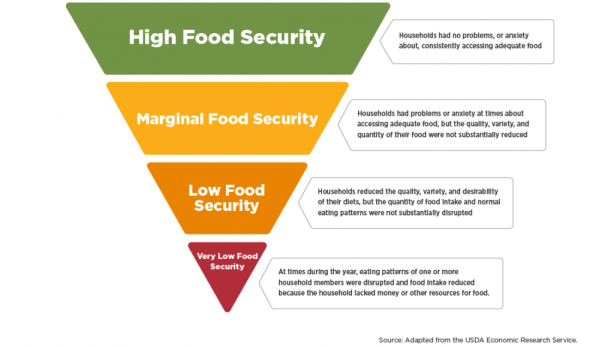What does a young athlete need to eat?
Despite the many challenges, youth who participate in sports can benefit from eating a well-balanced, nutritious diet. In general, the dietary needs of youth athletes do not significantly differ from their non-sport participating counterparts, a balanced intake that consists of fruits and vegetables, grains (with at least half whole grains), fat-free or low-fat dairy, a variety of protein foods, and oils. Also recommended is limiting the amount of saturated fat, added sugars, and sodium (salt). Consuming a variety of these foods provides adequate macronutrients and micronutrients needed to support youth development and optimal sport performance. Macronutrients are nutrients the body needs in larger amounts (e.g., carbohydrate, protein, and fat) and micronutrients are nutrients the body needs in smaller amounts (e.g., vitamins and minerals). Each macro- and micronutrient plays an essential role in healthy youth development. The roles macronutrients play in the body and food sources of each are described below.
Carbohydrate: Carbohydrate is the main fuel source for the body. Once digested, the body converts carbohydrate to glucose that will be used for energy or stored for later use in the muscles and liver. There are two types of carbohydrate: simple and complex. Simple carbohydrates are digested more quickly and are found in fruit, vegetables, and dairy. Complex carbohydrates are digested more slowly and are found in a variety of foods including bread, pasta, and rice.
Sources: Whole grains (pasta, bread, rice), dairy, fruit, vegetables
Protein: Protein: Protein helps regulate the function of cells, tissues, and organs in the body. For athletes, protein is also important for muscle repair and recovery.
Sources: Lean meat and poultry, fish, beans, dairy, eggs, nuts/seeds
Fat: Fat provides energy when carbohydrate is not available, is essential for the absorption of some vitamins (A, D, E, and K), and aids in maintaining body temperature.
Sources: Oil, avocado, nuts/seeds

